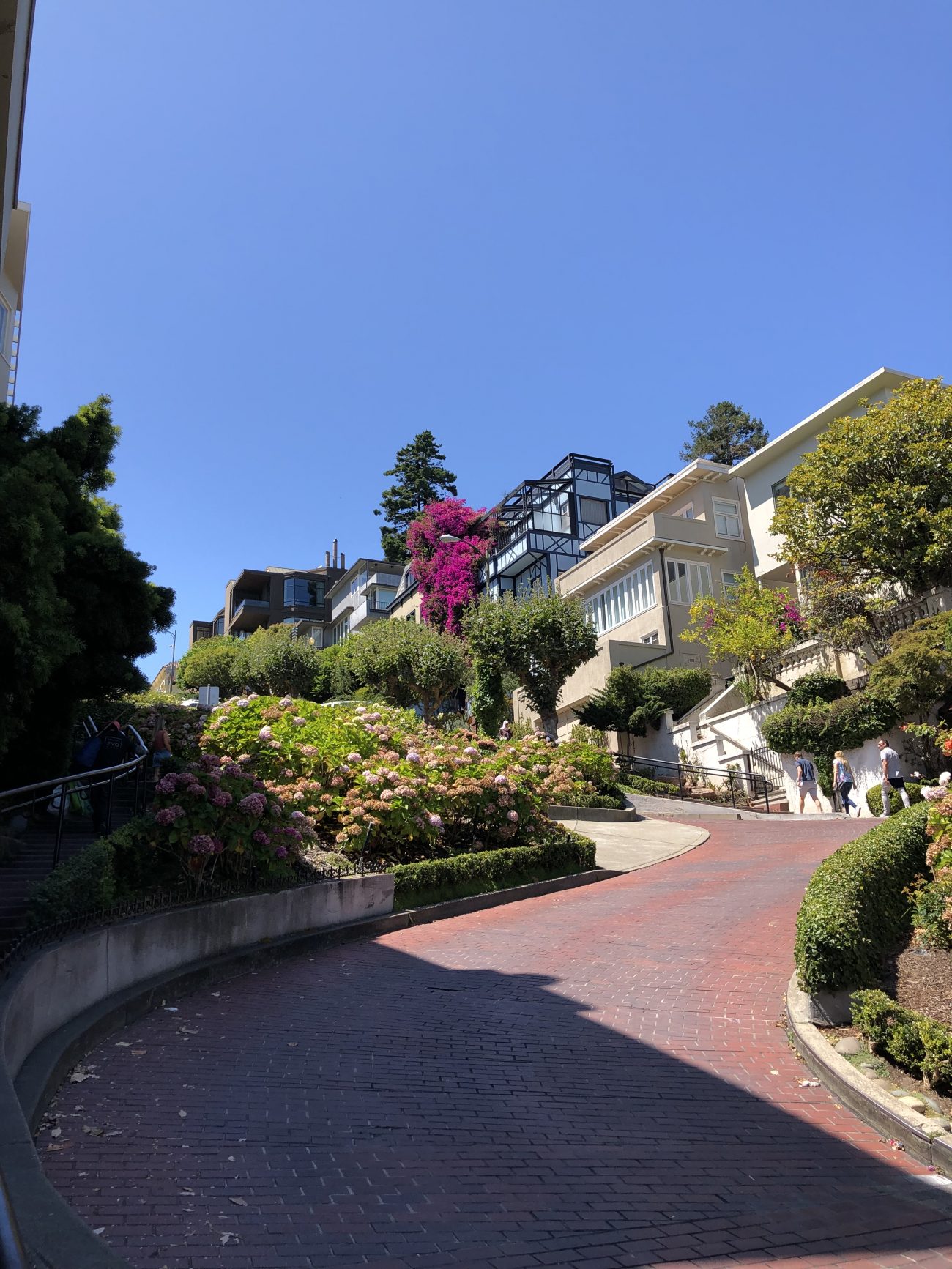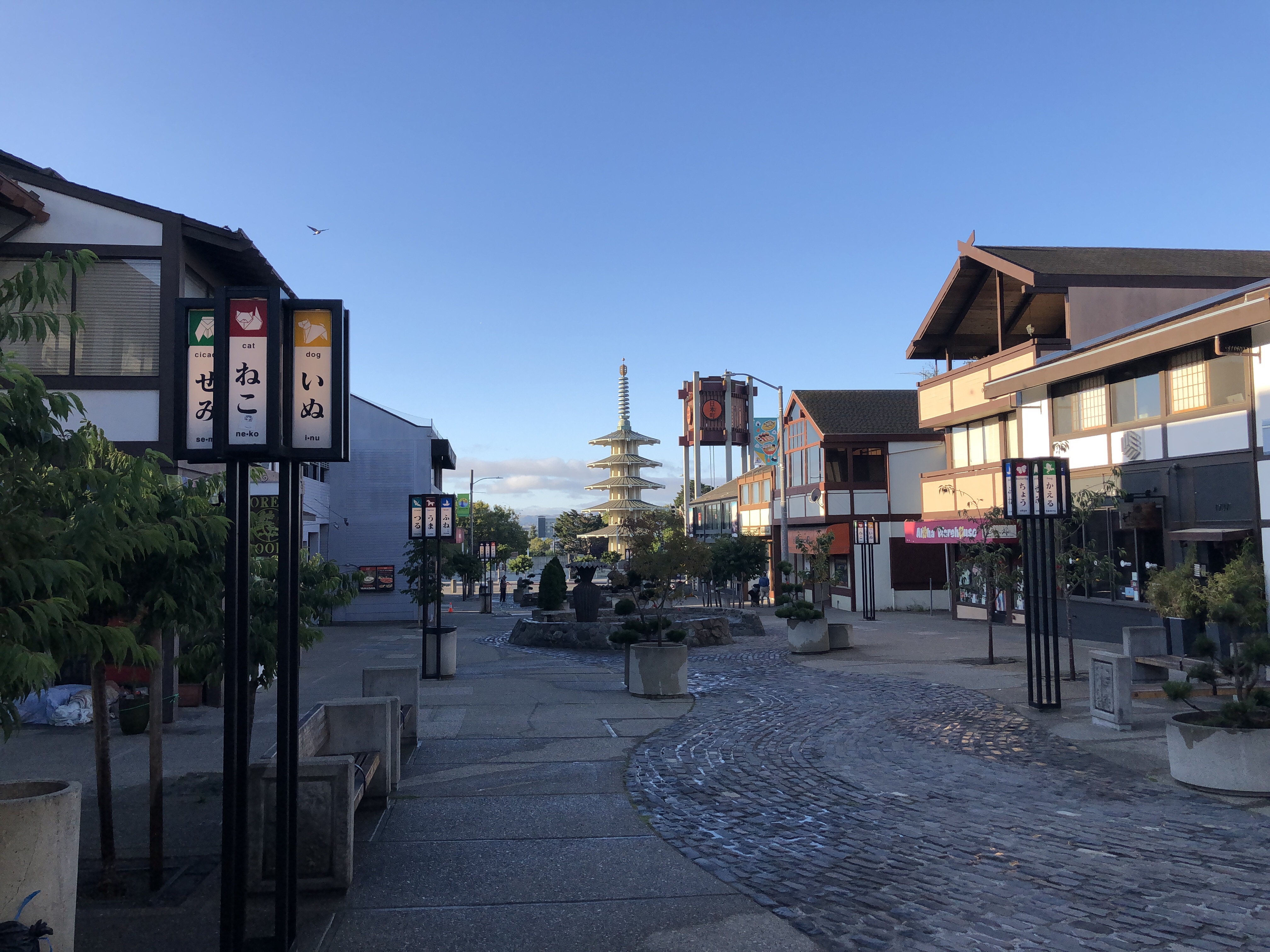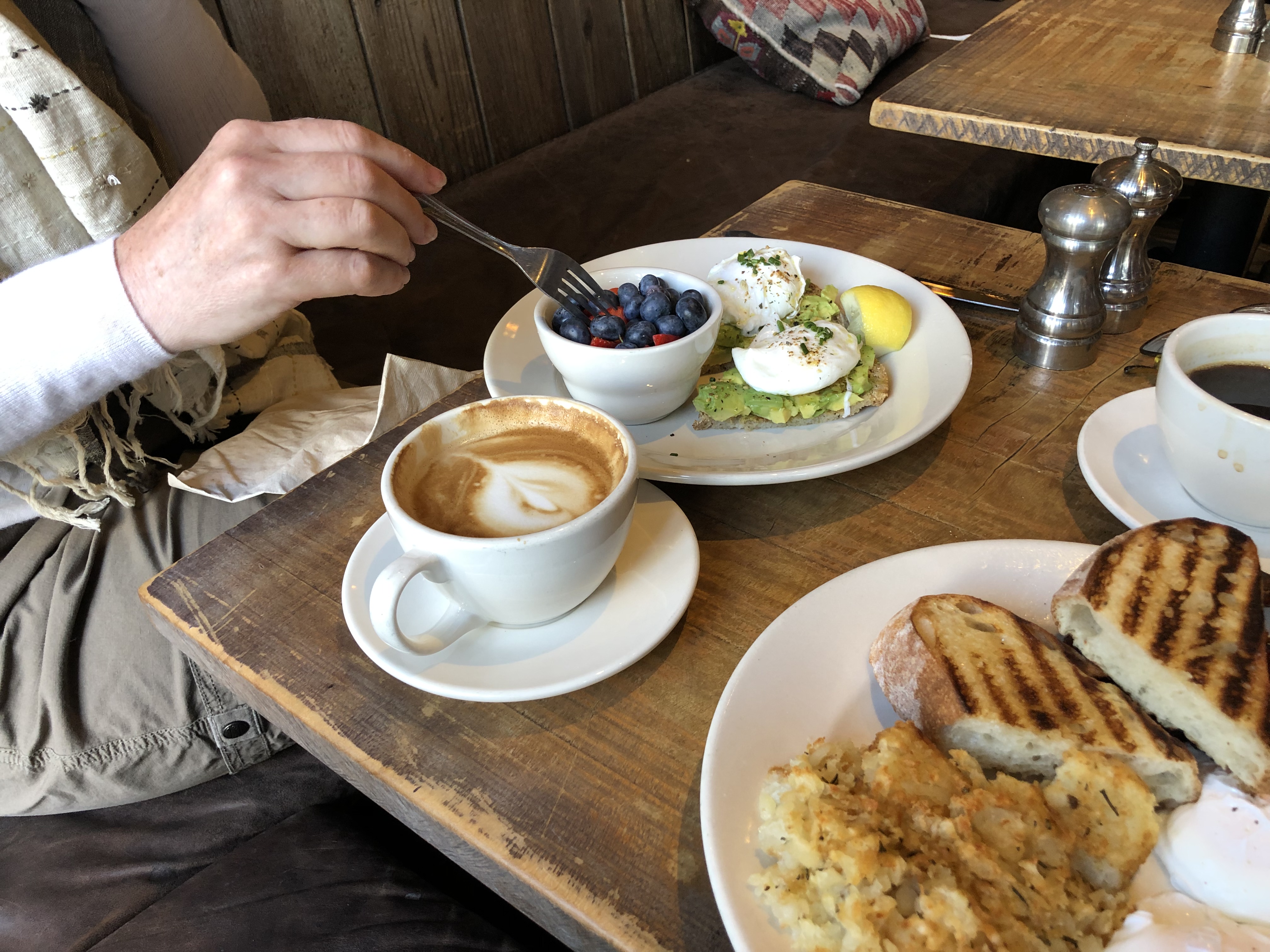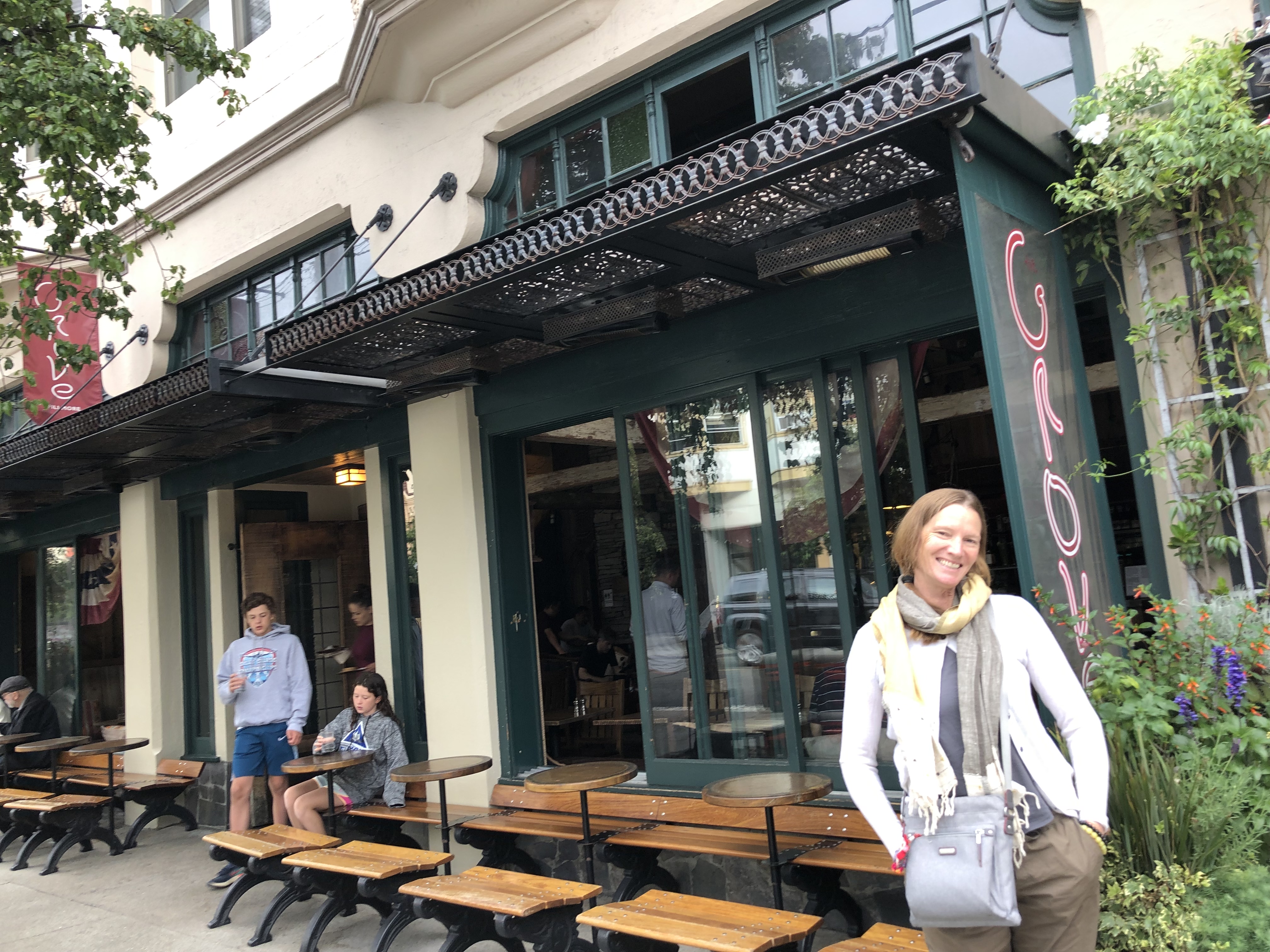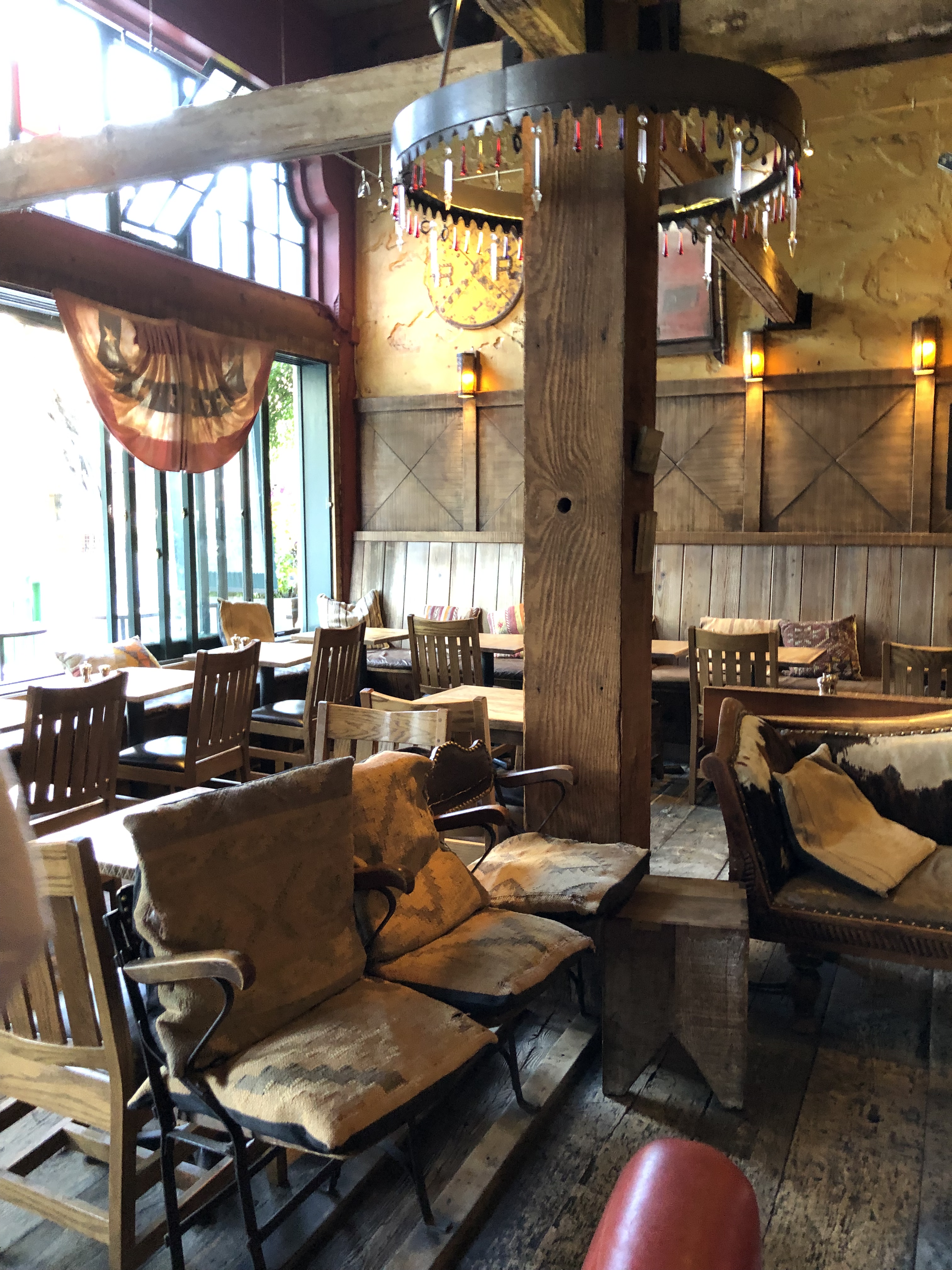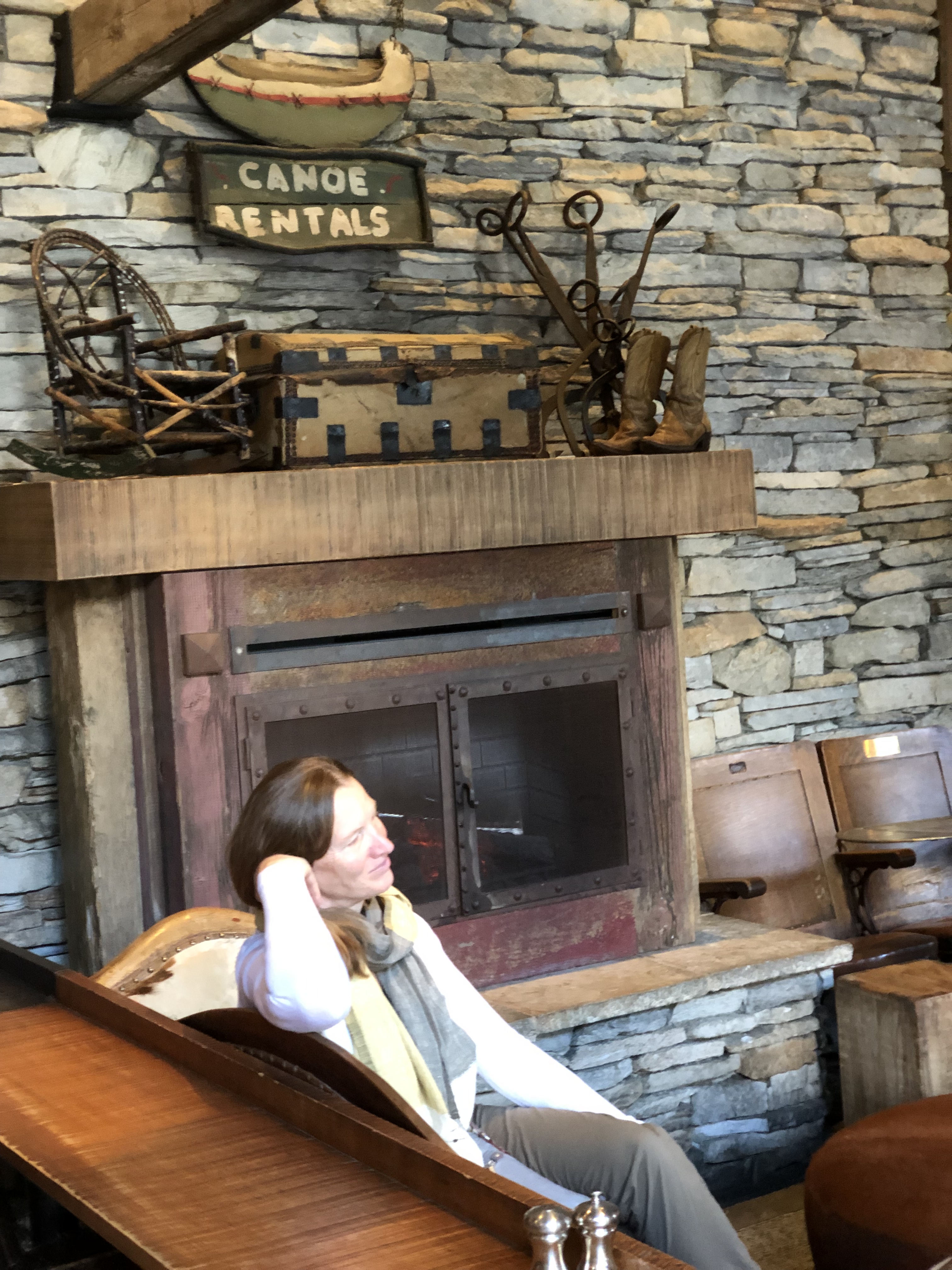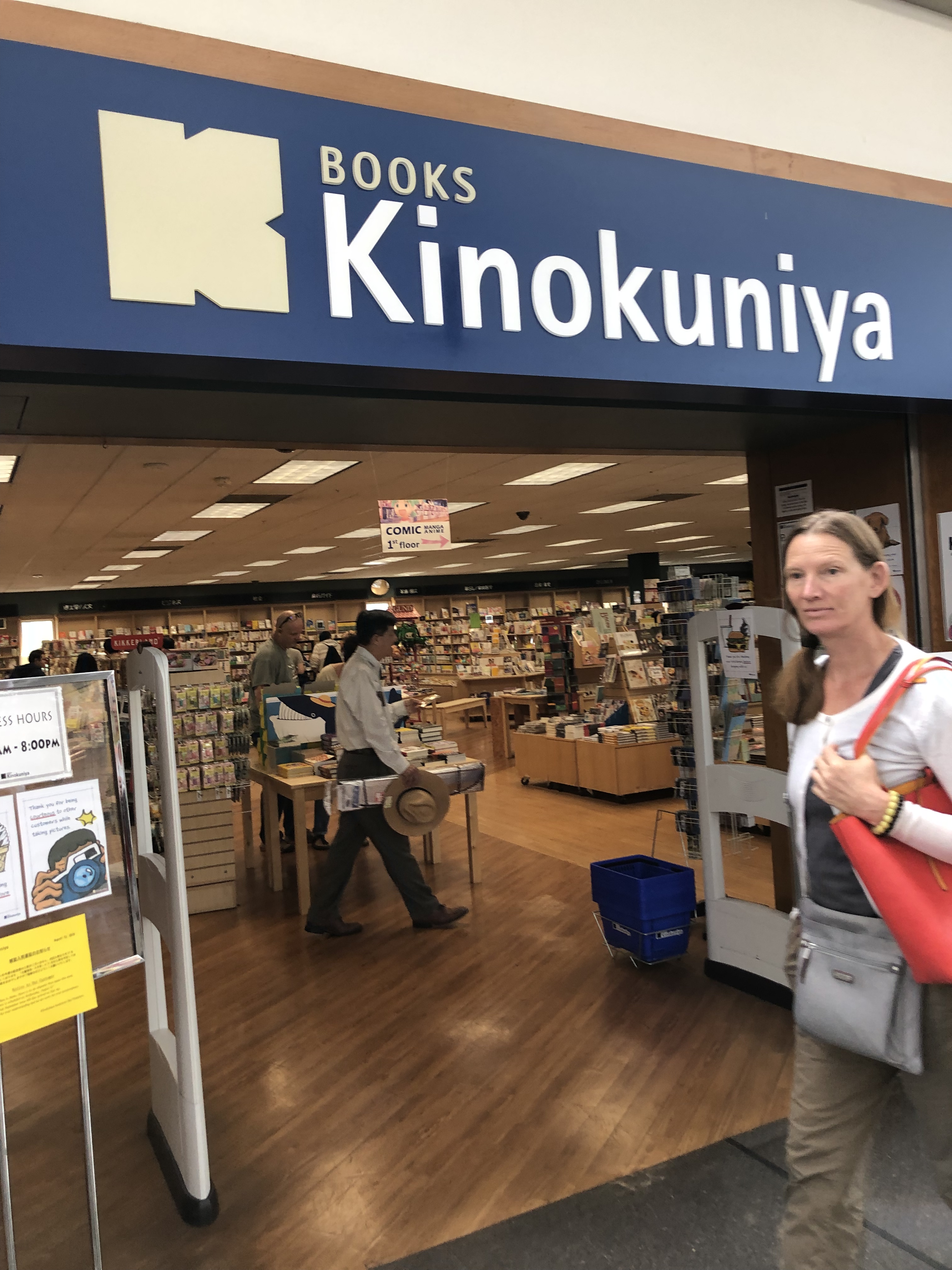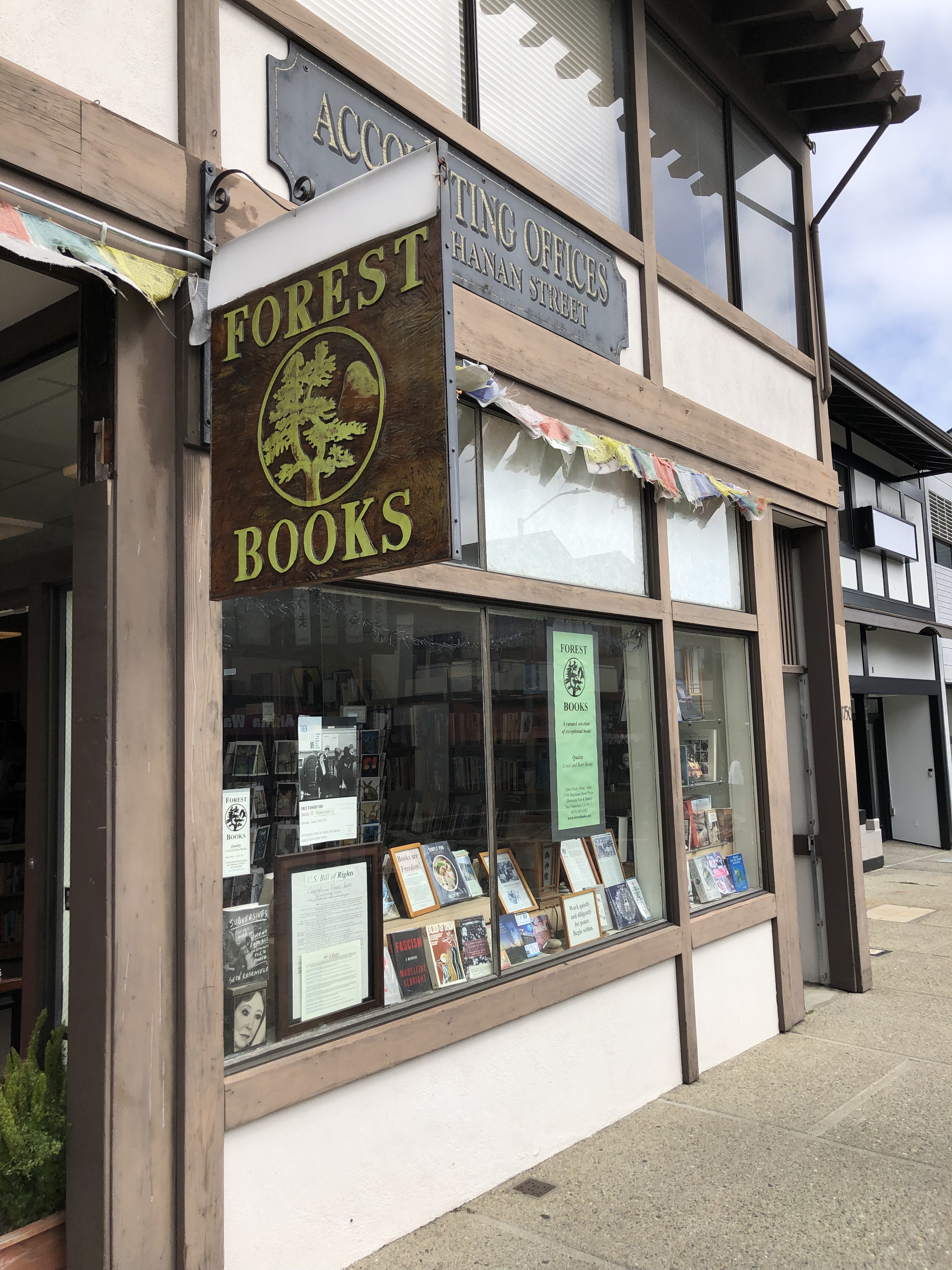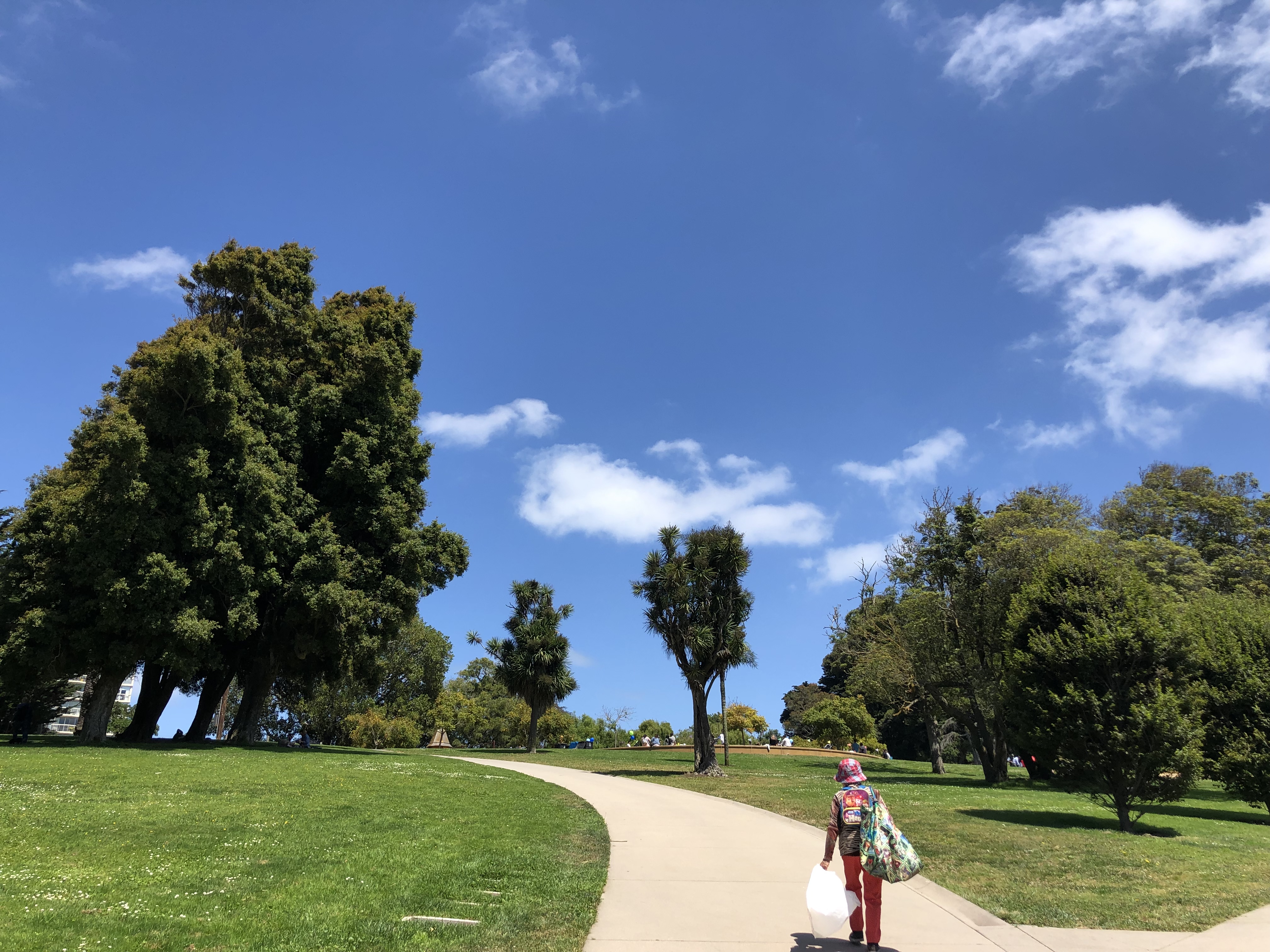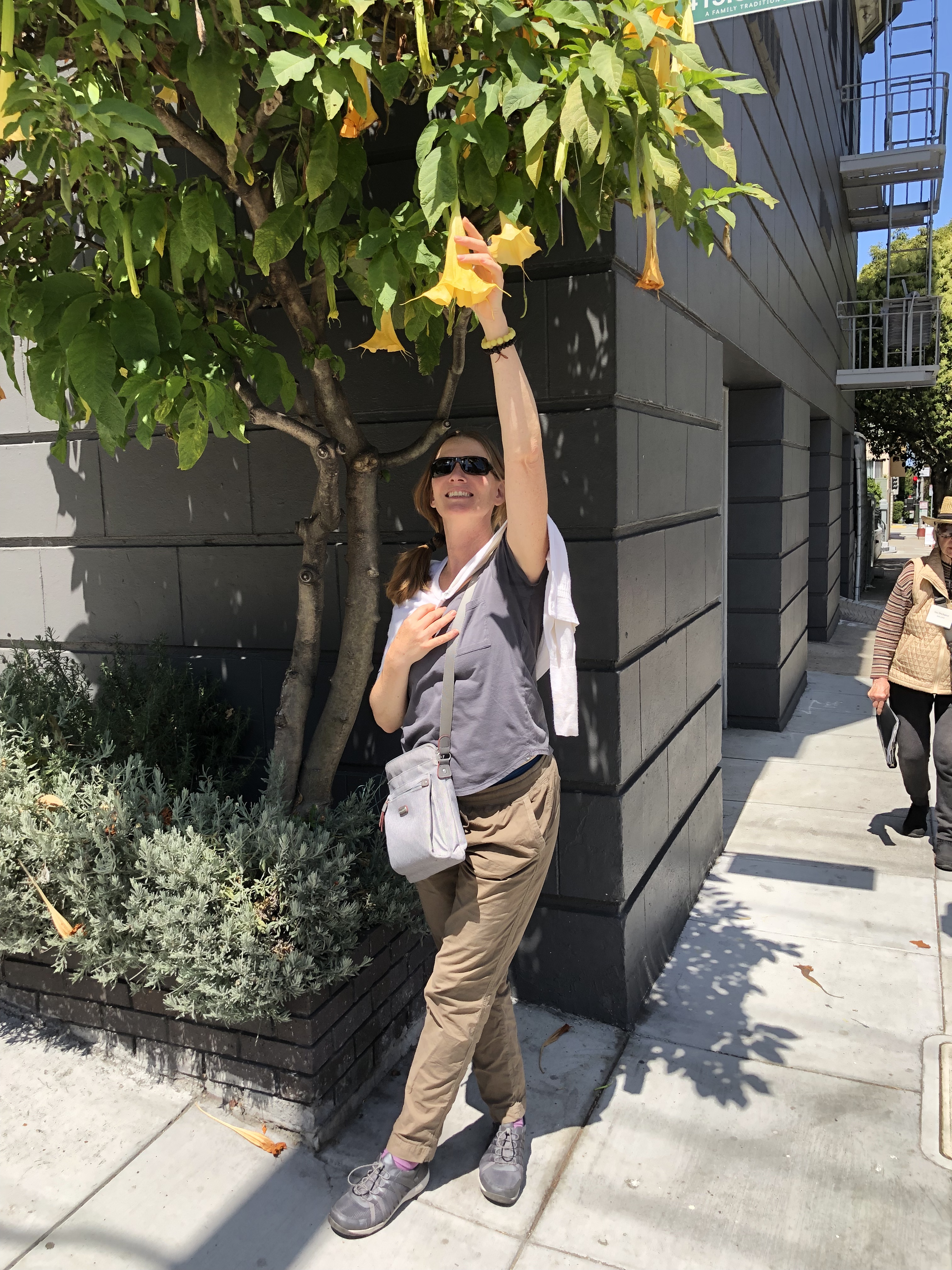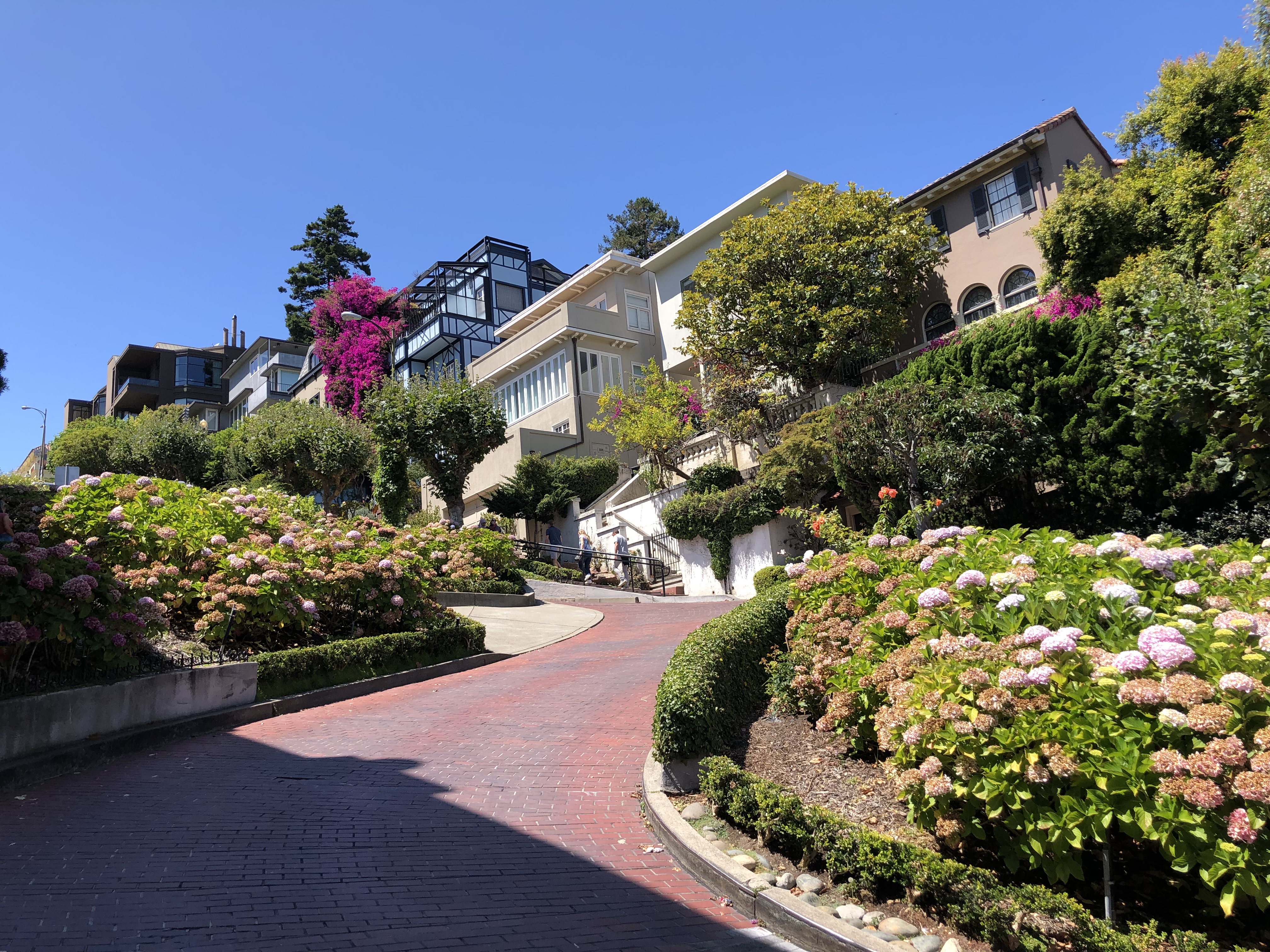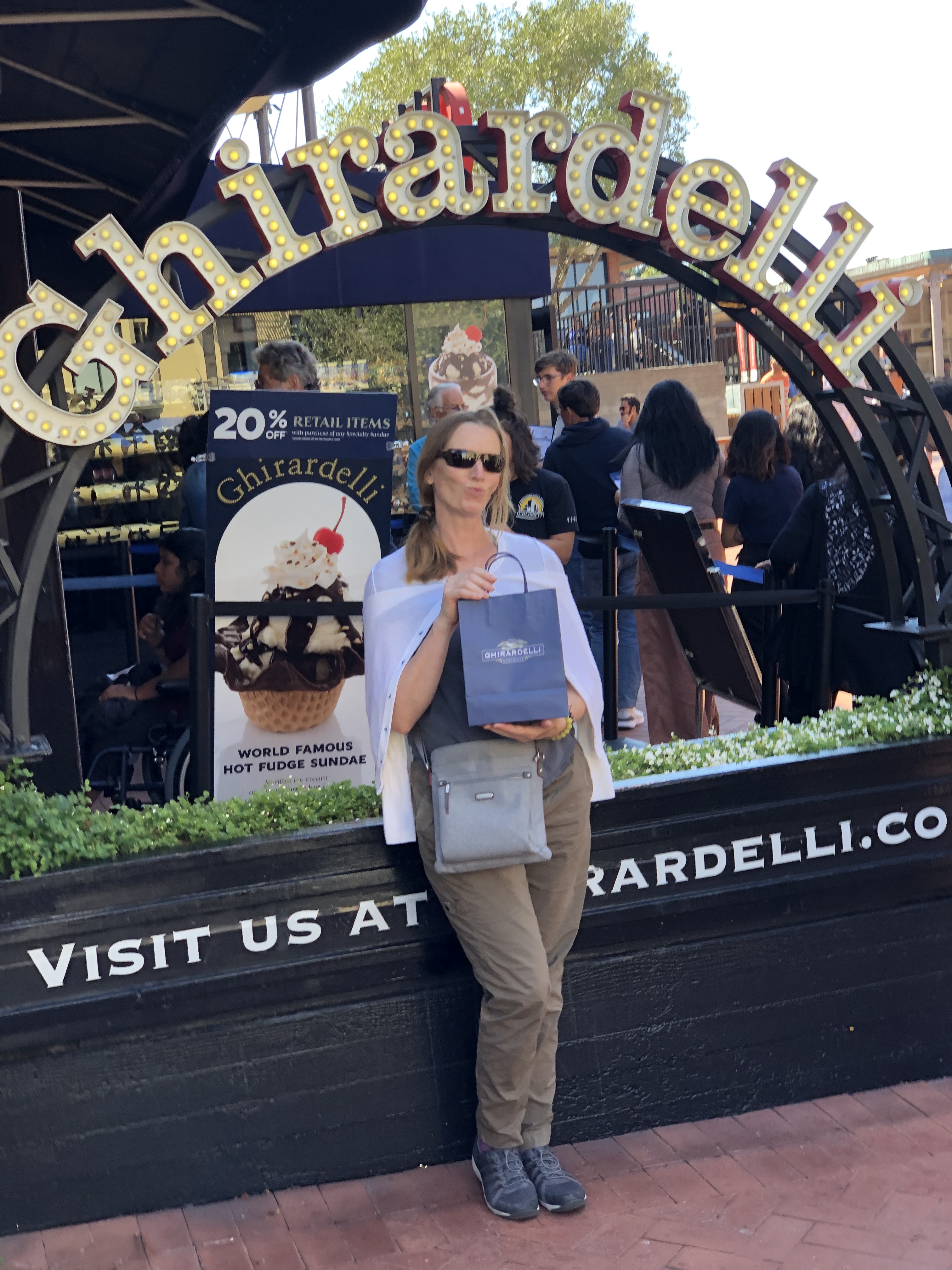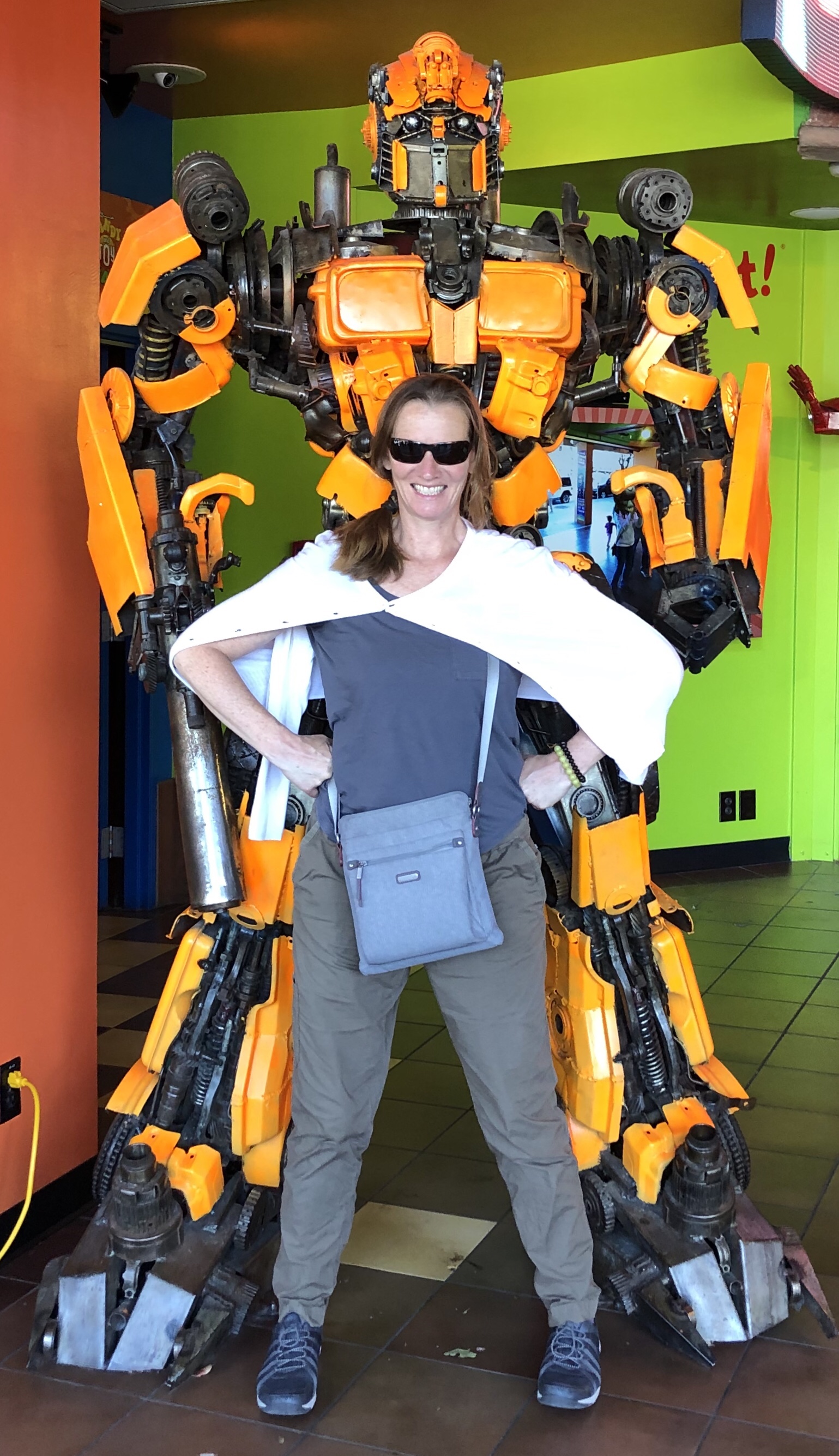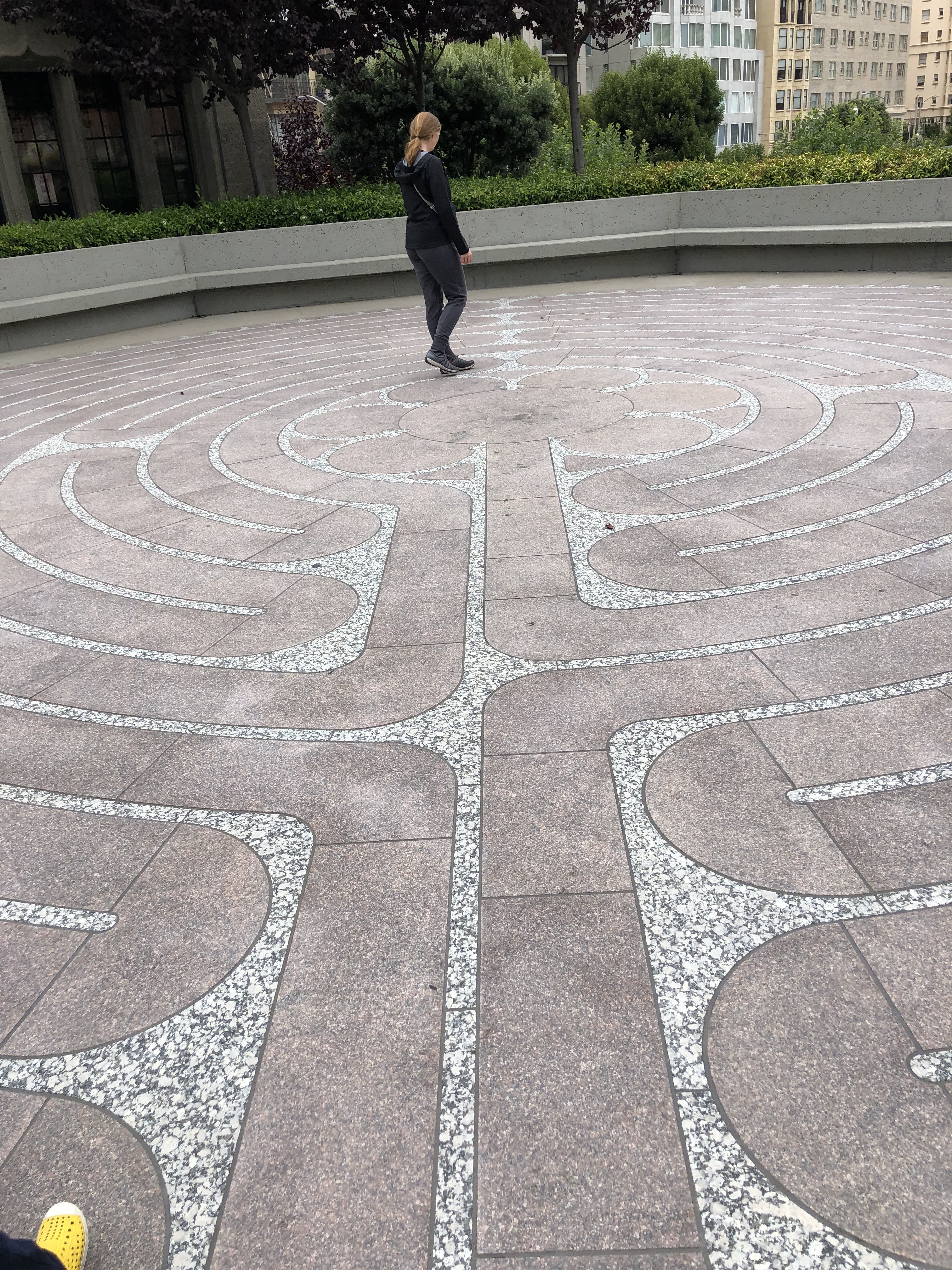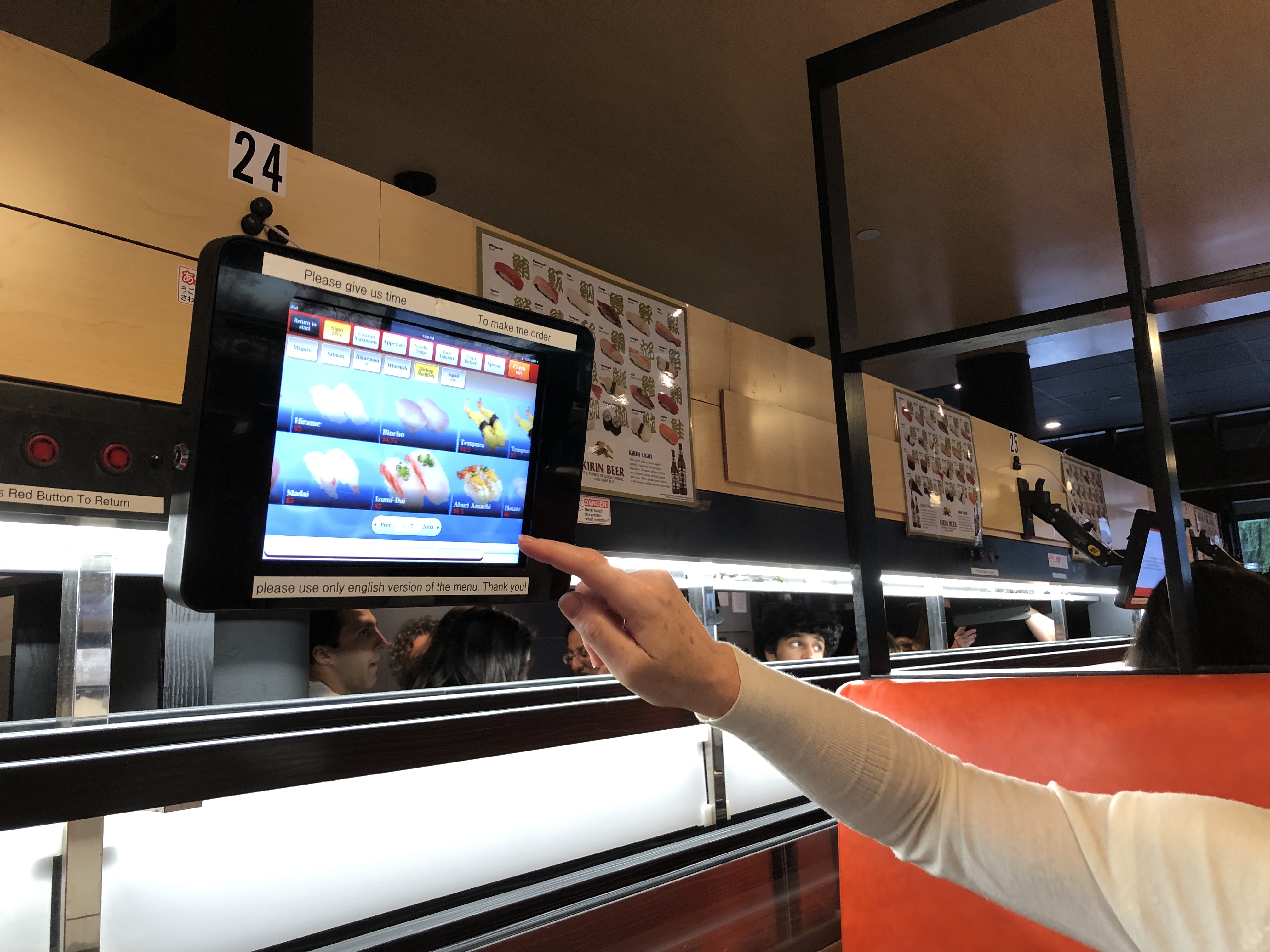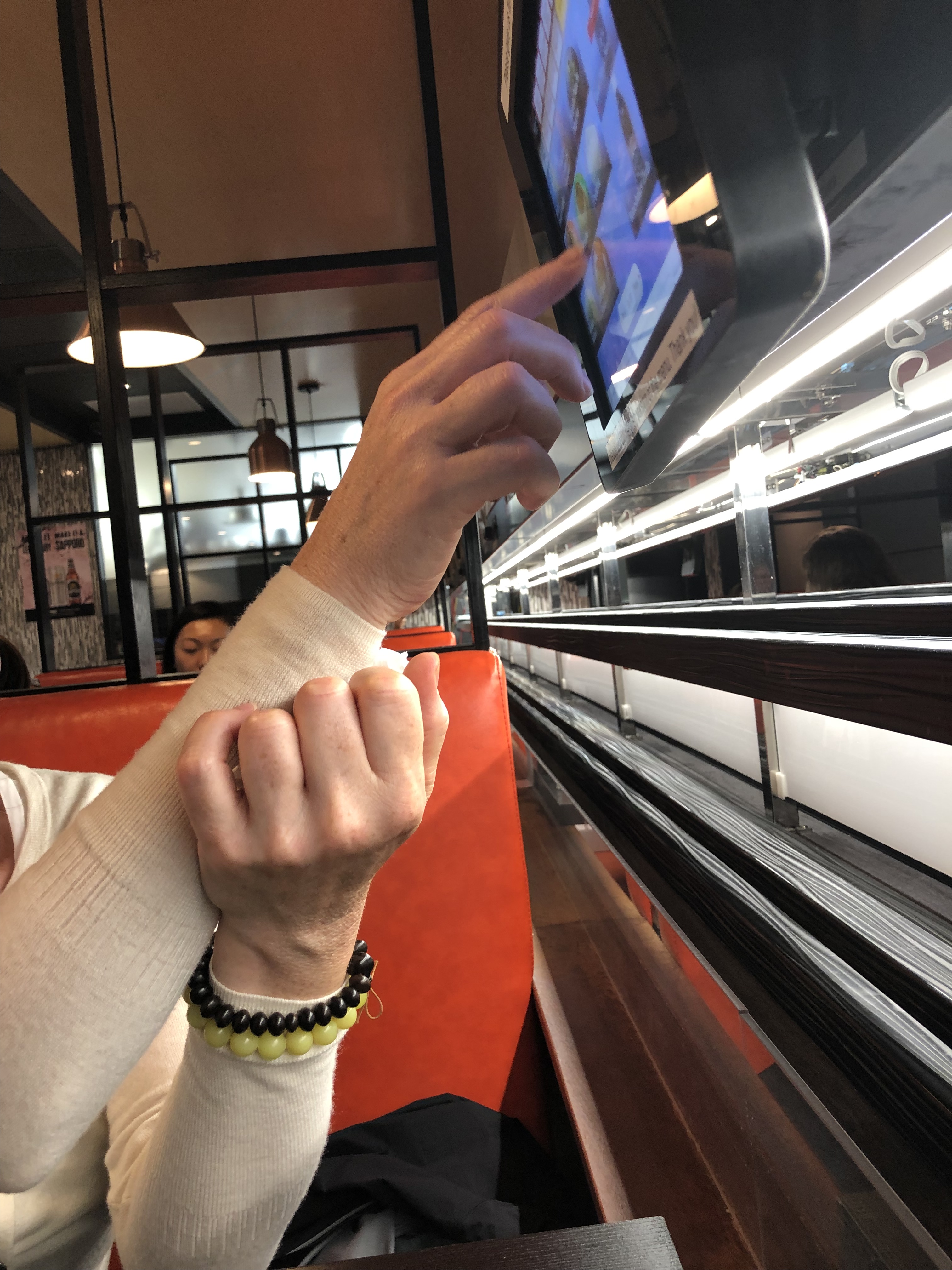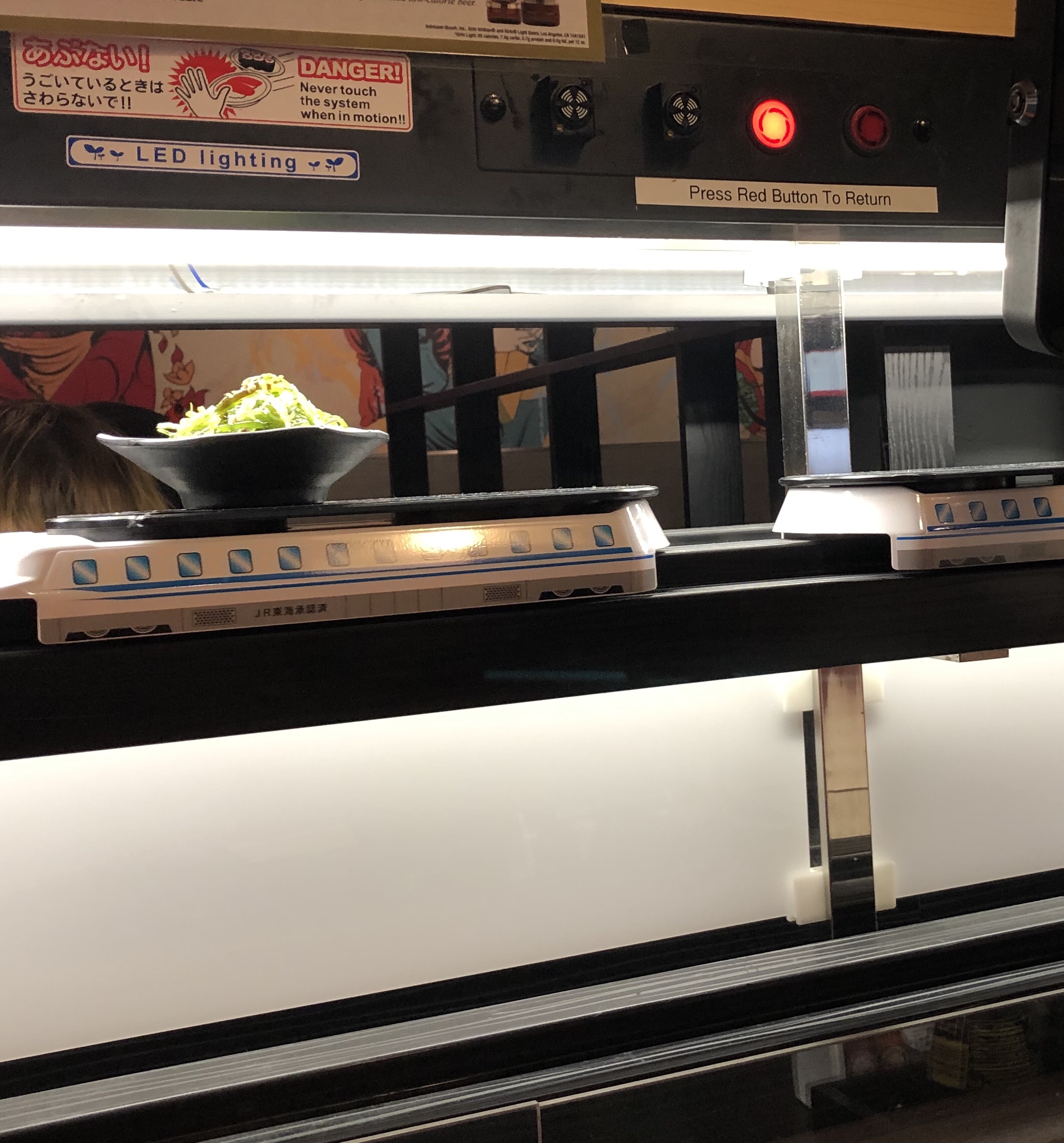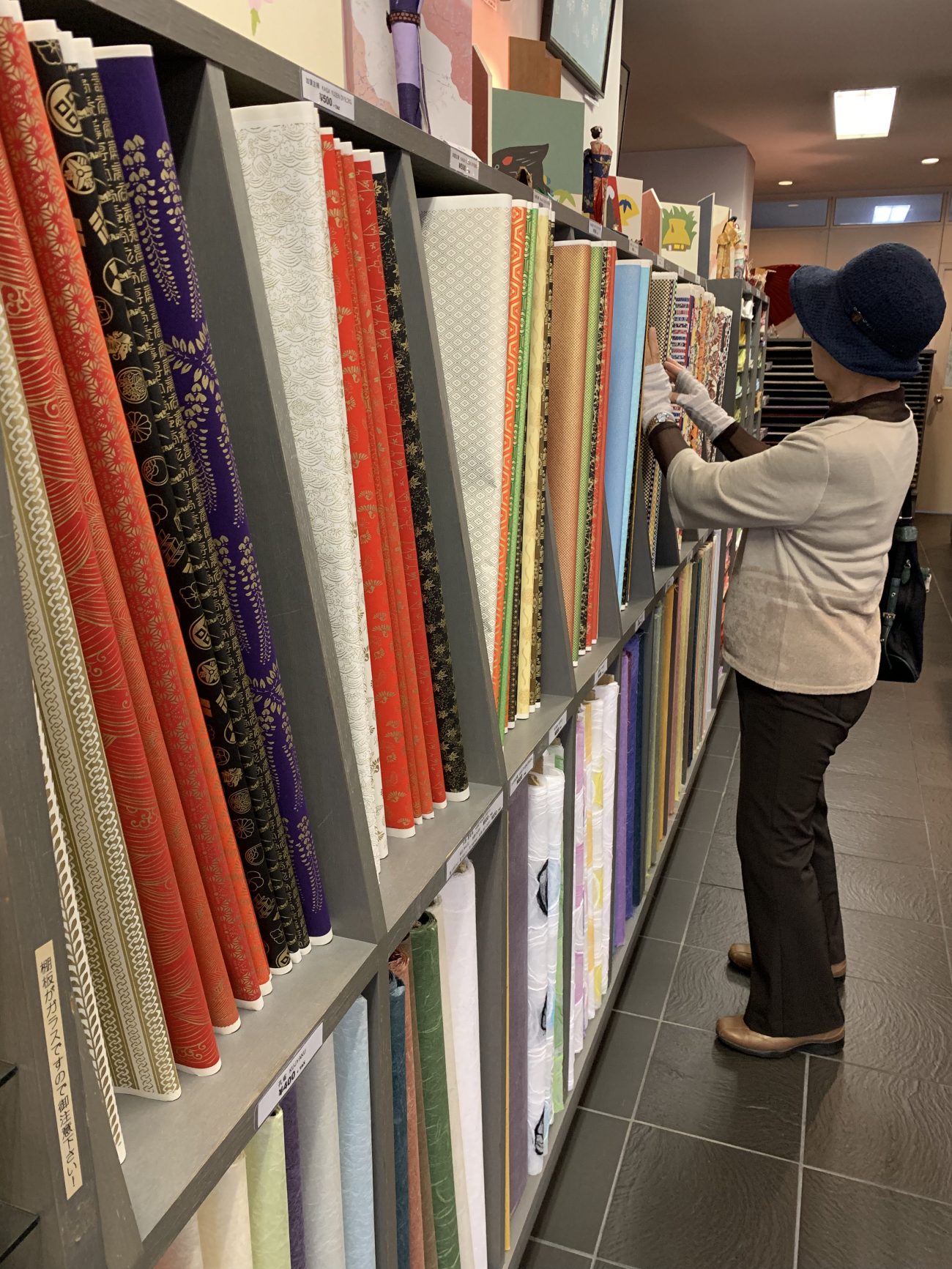We landed in San Francisco to start a two-week loop east to Yosemite, north to Lake Tahoe, west to Calistoga and south to Petaluma in Sonoma County and finally to Spirit Rock Meditation Center in Marin County. The next few blogs will cover each leg of the trip and we’ll start with one of our favorite cities: San Francisco.
Japantown
Where do you stay in San Francisco? There are plenty of big brand hotels in the Union Square area that are close to the action, but we chose Japantown. Again. It’s small, quiet and walkable to many neighborhoods. We had stayed at Hotel Kabuki — which was recently bought by Hyatt — but this time chose the nearby Kimpton Buchanan. And we loved it. We had a spacious corner room on the fourth floor with a beautiful view of Osaka Way, as well as a big soaking tub.
We woke up early Sunday morning to a beautiful day and started early with breakfast at The Grove on Filmore Street. We were the first customers and lounged in the spacious restaurant while we waited. Debbie’s avocado toast with poached eggs on top could not have been better, and Gary’s traditional breakfast with poached eggs and hashed browns with rosemary and toast was just as good. Add a latte and Americano and it was a perfect way to start the day.
We spent the rest of the morning exploring the shops in Japantown, which has been there since 1906 (though rebuilt and changed over the years). The Paper Tree, an origami store, has exhibits of origami art and beautiful paper (washi). It’s not on par with the washi in Japan, but it’s a wonderful visit.
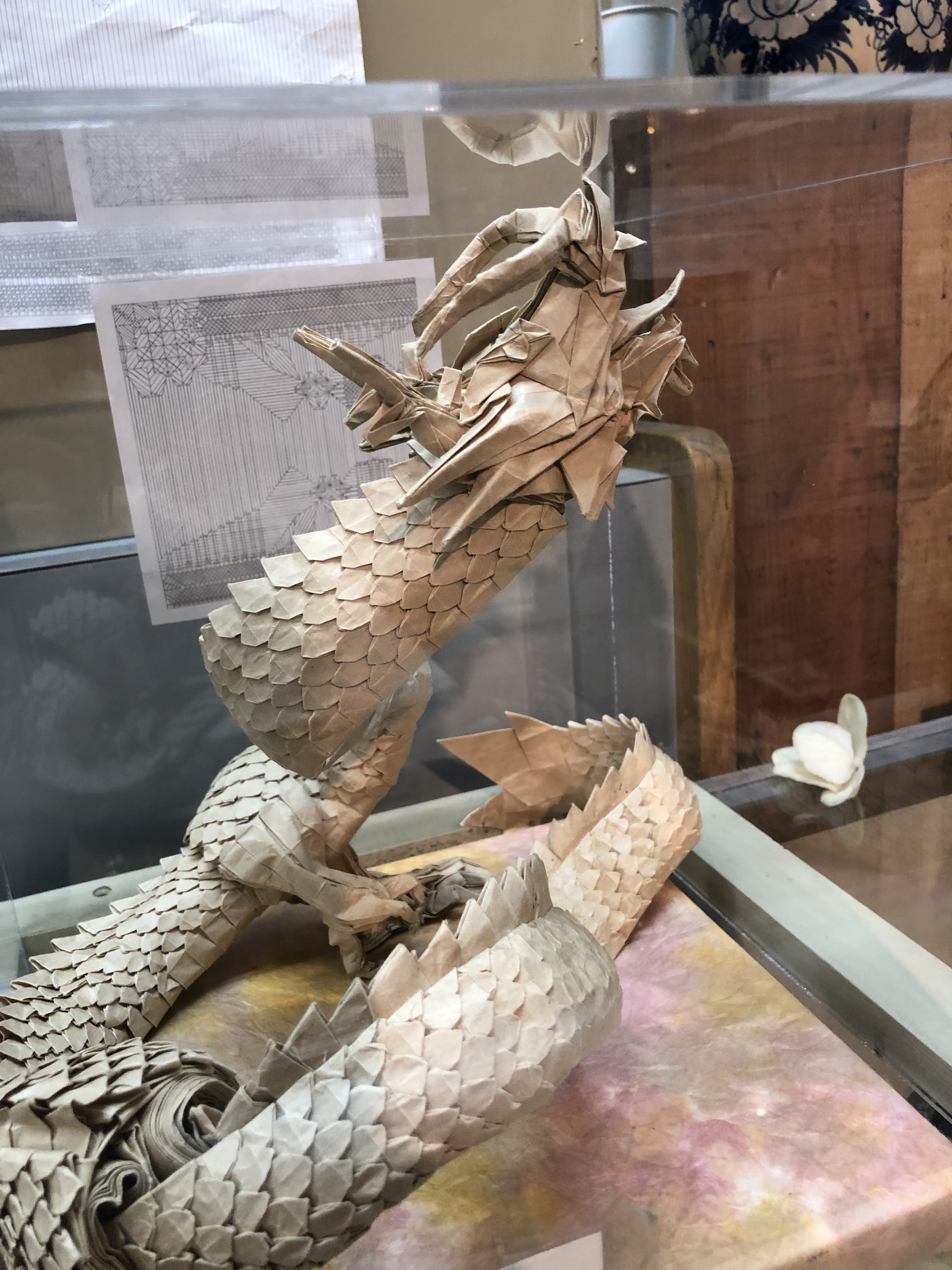
Two bookstores are also worth a visit. Forest Books has a tremendous collection of curated books: rare, used and collectible. And Kinokuniya, which has a dozen locations, mostly on the West Coast, has a great selection of Japanese literature (and manga downstairs if you’re so inclined). It’s located in the Japan Center, an indoor mall which also has restaurants, a couple nice coffee shops, and shops with Japanese candy and tea.
Walking the City
Having visited San Francisco dozens of times, we decided to take advantage of the sun and walk northeast through Lafayette Park and Russian Hill, exploring the architecture, flowers and shrubs, and then stroll down Lombard Street. It was a little more than a mile. From there, we continued on to Fisherman’s Wharf for lunch. It was wall-to-wall people, so we ducked into Franciscan Crab Restaurant to enjoy a view of the bay, crab and Prosecco, and rested before heading back.
We could have taken the cable car up to Nob Hill, but that’s where we were heading in the morning to walk the labyrinth at Grace Cathedral, so we opted to stroll back to Japantown where we rested before dinner. There are plenty of restaurants nearby and we went for Hikari Sushi – known for bullet train sushi. You sit at a counter or booth, order from a touch pad, and food is delivered by a miniature bullet train running along tracks beside you. You just order a little at a time until you’re full. It’s a lot of fun.
And on to Yosemite
The next day it was time to head to the airport, get our rental car and head out to Yosemite.
With one of us educated in fiber arts and experienced in papermaking, knitting, clothes design, weaving and sewing (hint, it’s not Gary), we’re always on the look-out for local fibers. In Kyoto, that means silk, Washi (handmade paper), ancient dyeing techniques and much more, all of which were on our itinerary.
Washi – Handmade Japanese Paper
We didn’t waste any time. After our day-one-visit to Kiyomizu-Dera Temple, we headed to Downtown Kyoto to Morita Washi, which specializes in washi, or Japanese handmade paper. While you can find washi at specialty stores in the US, this store had a much broader, more beautiful selection than anything we had ever seen.

They had all the expected paper-made products, from notebooks to origami, but what was most impressive were the massive sheets stored like bolts of fabric, each unique. There were drawers of paper, specialty paper behind glass and small sheets. Washi could be found with solid colors, natural and vibrant, or with intricate patterns and art, some was printed or painted on. The paper itself could be made from wood, cotton, silk, rice and mulberry.
It was easy to get lost in Morita Washi for a couple hours and walk out with a few purchases. Our only regret was we didn’t have more shipped home.
Getting there: From Gion, it is a straight shot east across the bridge and into Downtown Kyoto, about a 20-minute walk. There are a few small turns, so we just entered 298, Ogisakayacho, Shimogyo-Ku in the GPS to get us there.
Nishijin Textile Center
Kyoto is known for its kyo-yuzen textiles and silk dyeing, and since the 15th century, its weavers have been centered in a textiles area known as Nishijin in Northwest Kyoto. This is the same area as the Golden Pavilion and Ryoan-Ji, and Nishijin was a perfect stop after visiting those sights.
Here you find both the Nishijin Textile Center and the Orinasu-kan Museum. We heard the museum was a better way to learn about Kyoto’s textile history, but it is closed on Monday (Always good to check these things in advance. Other than the major temples and shrines, many places in Kyoto are closed one day a week). We toured Nishijin Textile Center, which was more touristy, but still a nice experience, viewing displays on each of the three floors and shopping on the second floor.
We stayed for the Kimono fashion show, which runs nearly every hour, a thoroughly enjoyable experience (especially after walking all day). The kimonos were beautiful, each showing different styles and colors.
Getting There: We’d like to be more precise, but we came from Ryoan-Ji and got on the wrong bus, switched and then got off at the wrong stop. It happens. But we heard that bus 9 is the best route. It’s also close to Nijo-jo Castle, so combining the two sights is smart plan.
Sashiko Stitching
Reusing textiles has a long tradition in Japan for economic and spiritual reasons, and sashiko stitching is a wonderful example. Sashiko combines country style with intricate designs, all made with a simple running stitch that makes cloth stronger. It evolved in the Edo era as winter work in northern farming communities where hand sewing was essential. It offered warmth and thrifty recycling, and strengthened work clothes and household goods.
At a time when laws prevented lower classes from wearing bright colors, Sashiko stitching used indigo and white colors, with stripes no thicker than a straw and patterns no bigger than a grain of rice. Not only did these colors give Sashiko a strong tonal contrast, but the indigo dye strengthened fibers, and the residual scent of fermented indigo and ammonia in the dye was believed to repel snakes and insects
By the 1950s, Sashiko had declined, but the stitching was preserved and can now be found in museums as an example of folk art. We didn’t find Sashiko in Kyoto, but later we found an example was hanging in a restaurant in Koyasan, and then in the southern Kii peninsula along the Kumano-Kodo, with a more modern example on a dress worn by a charming Japanese woman who was happy to model for us.
